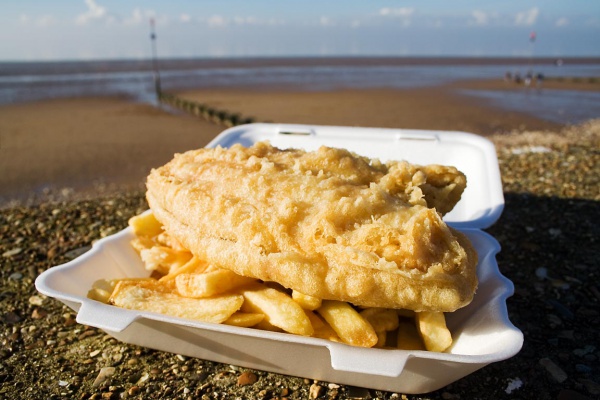Facts About Fish and chips
Fish and chips is a cherished dish featuring fried fish in a crispy batter, served with thick-cut fries, known as chips in the UK. This flavorful combination originated in England, blending culinary traditions brought by immigrants. It rose to immense popularity in the UK during the 19th century, becoming a staple meal for the working class thanks to advancements in trawl fishing and railway networks.
The technique of frying fish in batter likely came from Sephardic Jewish immigrants. The first fish and chip shops appeared in the 1860s, although the identity of who first paired the two remains uncertain. Notably, during both World War I and World War II, fish and chips were never rationed in the UK, making it a dependable comfort food during challenging times.
Typically, this dish is enjoyed with malt vinegar or other condiments and often accompanied by sides such as mushy peas or pickles. In the UK, cod or haddock are the most common choices for the fish, although other varieties are used in different regions.
In the US, the dish is generally referred to as "fish and chips" though in some areas it's called a "fish fry." The sides and preparation methods can vary depending on the location.
Fish and chips hold a special place in many hearts, with Friday nights being a traditional time to indulge in this meal. It has also influenced dietary habits, particularly concerning meat consumption during Lent.
Fish and chip shops are a common sight in the UK, Ireland, Australia, Canada, New Zealand, and South Africa. These establishments sell a significant portion of the white fish and potatoes consumed in the UK and are a beloved treasure for families, especially during seaside trips.

 Zimbabwe
Zimbabwe